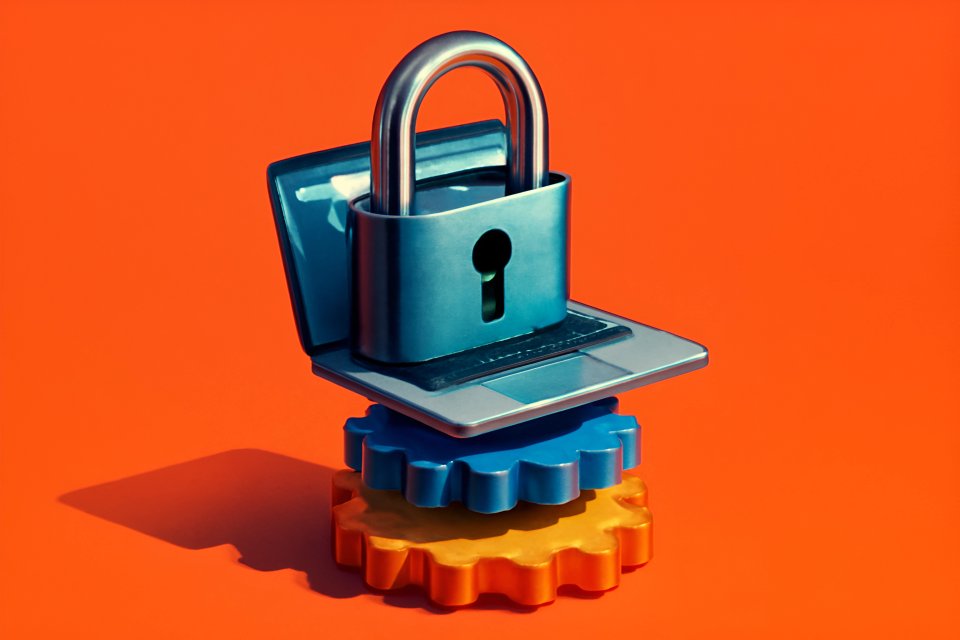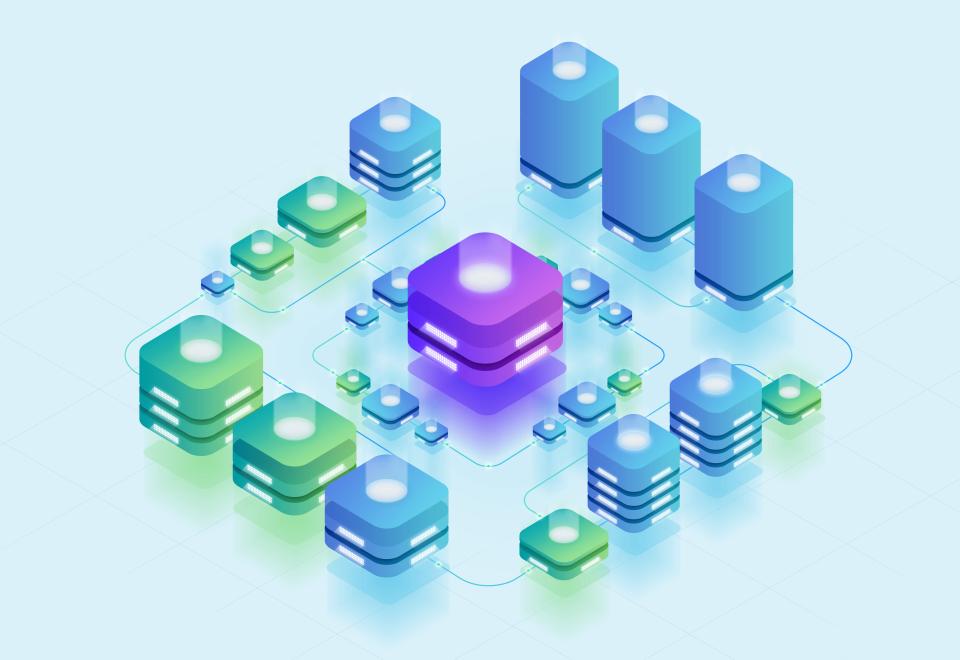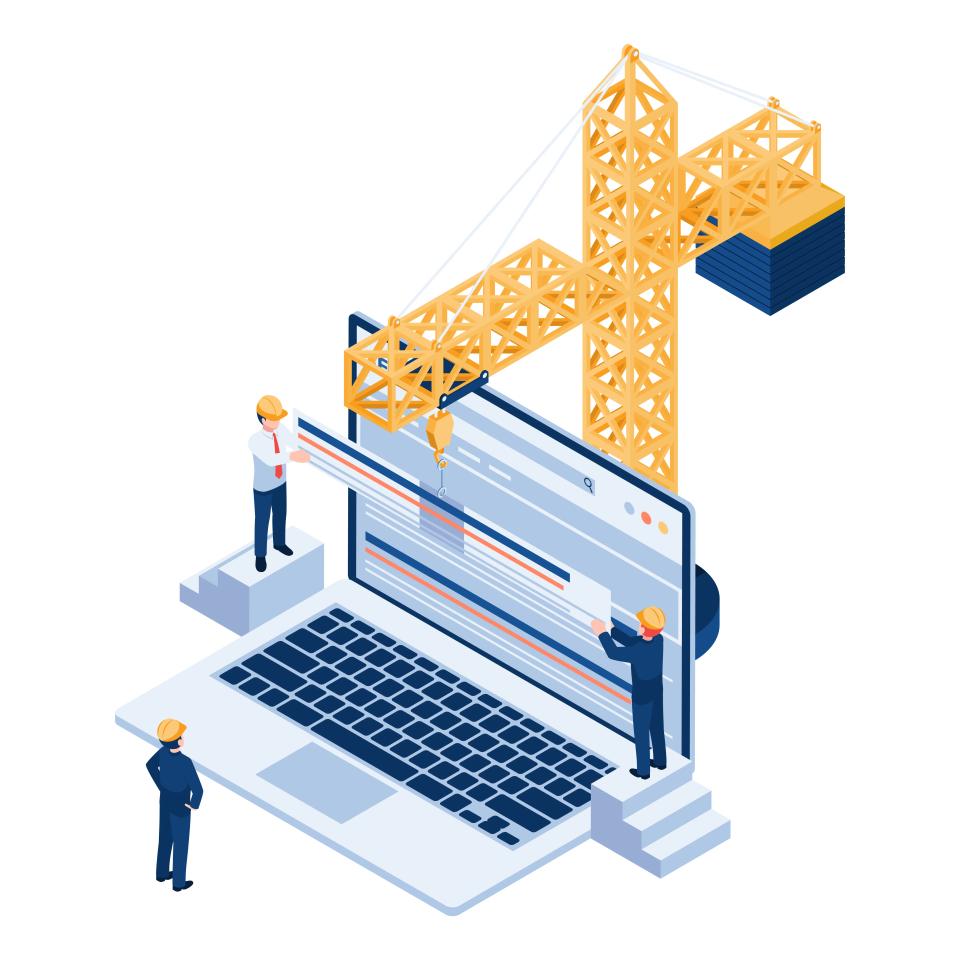In the digital world, businesses often treat speed, security, and maintenance as separate, conflicting goals. This fractured approach creates friction, vulnerabilities, and a fragile user experience. The truth is, you don't have to choose between a fast website and a secure one. True web resilience comes from a holistic approach where performance, security, and updates are treated as interconnected pillars of a successful digital presence.
Why a Holistic Approach is Non-Negotiable
The Symbiotic Relationship Between Security and Performance
A slow website isn't just a performance issue; it can be a symptom of a security breach, such as a DDoS attack or a cryptojacking script draining your resources. Conversely, poorly implemented security can cripple your site's speed. Bloated plugins or misconfigured firewalls add precious seconds to load times, driving visitors away. The key is to find a balance where smart security enhances performance, not hinders it.
This is why a holistic strategy is critical. The most dangerous threats often exploit the gap between these disciplines. For example, outdated plugins and themes are a primary source of security breaches and can also cause significant performance degradation. Managing updates, security, and performance as a single, unified process is the only way to build a truly resilient website.
Pillar 1: Building on a Secure Foundation
Secure Hosting, Servers, and SSL
Your website's security begins with its foundation. Choosing a secure, reliable hosting partner is the first line of defense. Beyond the host, your server must be hardened by following established security benchmarks, such as requiring multi-factor authentication for access and disabling all unnecessary ports. Finally, an SSL/TLS certificate is non-negotiable. It encrypts data, establishes trust with users and search engines, and is a baseline requirement for any modern website.
Writing Defensible Code
Every line of code must be written with a defensive mindset. Treat all user input as untrusted until it has been rigorously sanitized and validated to prevent common attacks like SQL Injection and Cross-Site Scripting (XSS). Adhere to the Principle of Least Privilege (PoLP), ensuring every user account and system component has only the minimum permissions necessary to function. This simple rule dramatically limits the potential damage from a breach.
Strengthen your defenses with modern, salted password hashing like Argon2, enforce multi-factor authentication, and carefully vet all third-party libraries and frameworks. Keeping these dependencies updated is crucial for closing known security holes.
Pillar 2: Optimizing Performance to Bolster Security
High-Speed, Low-Risk Techniques
A Content Delivery Network (CDN) is a powerful tool for both speed and security. By distributing your website's assets across a global network, a CDN accelerates load times for users everywhere while simultaneously providing a massive shield to absorb and mitigate large-scale DDoS attacks.
Effective caching is another dual-purpose strategy. By serving static versions of your pages, both server-side and browser caching reduce server load, making your site faster and more resilient to traffic spikes, whether they are legitimate or malicious. Optimizing your assets by minifying CSS and JavaScript, compressing images, and using modern protocols like HTTP/3 further reduces load times while incorporating enhanced security features.
Pillar 3: Proactive Maintenance and Monitoring
The Critical Role of Continuous Updates
A "set it and forget it" approach is a recipe for disaster. The digital landscape is constantly evolving, and patch management is security management. The most common hacks exploit known vulnerabilities in outdated software. To manage this risk, all updates must be tested in a staging environment—an identical, isolated copy of your live site—before deployment. This prevents bugs and conflicts from affecting your users. Using a version control system like Git is essential for tracking changes and enabling instant rollbacks if an update causes issues.
Vigilance and Incident Response
You cannot defend against threats you can't see. Automated security scanning tools are essential for regularly checking your site for malware and vulnerabilities. This should be paired with uptime and performance monitoring to alert you to any degradation in service. This vigilance is part of a larger risk management strategy that must include a documented Incident Response Plan. Knowing exactly what to do and who to call before a crisis occurs is the difference between a manageable incident and a catastrophe.
A Practical Checklist for Holistic Development
- Phase 1: Pre-Development & Development
- Select secure, reputable hosting.
- Install and configure an SSL certificate.
- Implement rigorous input sanitization and validation.
- Scan all third-party dependencies for vulnerabilities.
- Phase 2: Launch & Optimization
- Configure a Content Delivery Network (CDN).
- Define and implement a smart caching policy.
- Optimize all assets, including images, CSS, and JavaScript.
- Phase 3: Ongoing Maintenance
- Schedule automated, regular backups.
- Establish a routine for testing and applying updates.
- Activate continuous security and performance monitoring.
- Document and maintain an Incident Response Plan.
Conclusion: Build for Trust, Speed, and Resilience
The best practices for secure web development demand a unified strategy. Security, performance, and maintenance are not competing priorities but mutually reinforcing elements of a professional and trustworthy digital asset. A website that is fast, secure, and consistently maintained builds the user trust that is the ultimate currency of the digital economy.
Is your website's security and performance up to par? Don't leave it to chance. Contact CaptivateClick today for a comprehensive website audit and let our experts build a digital presence that's as resilient as it is remarkable.













